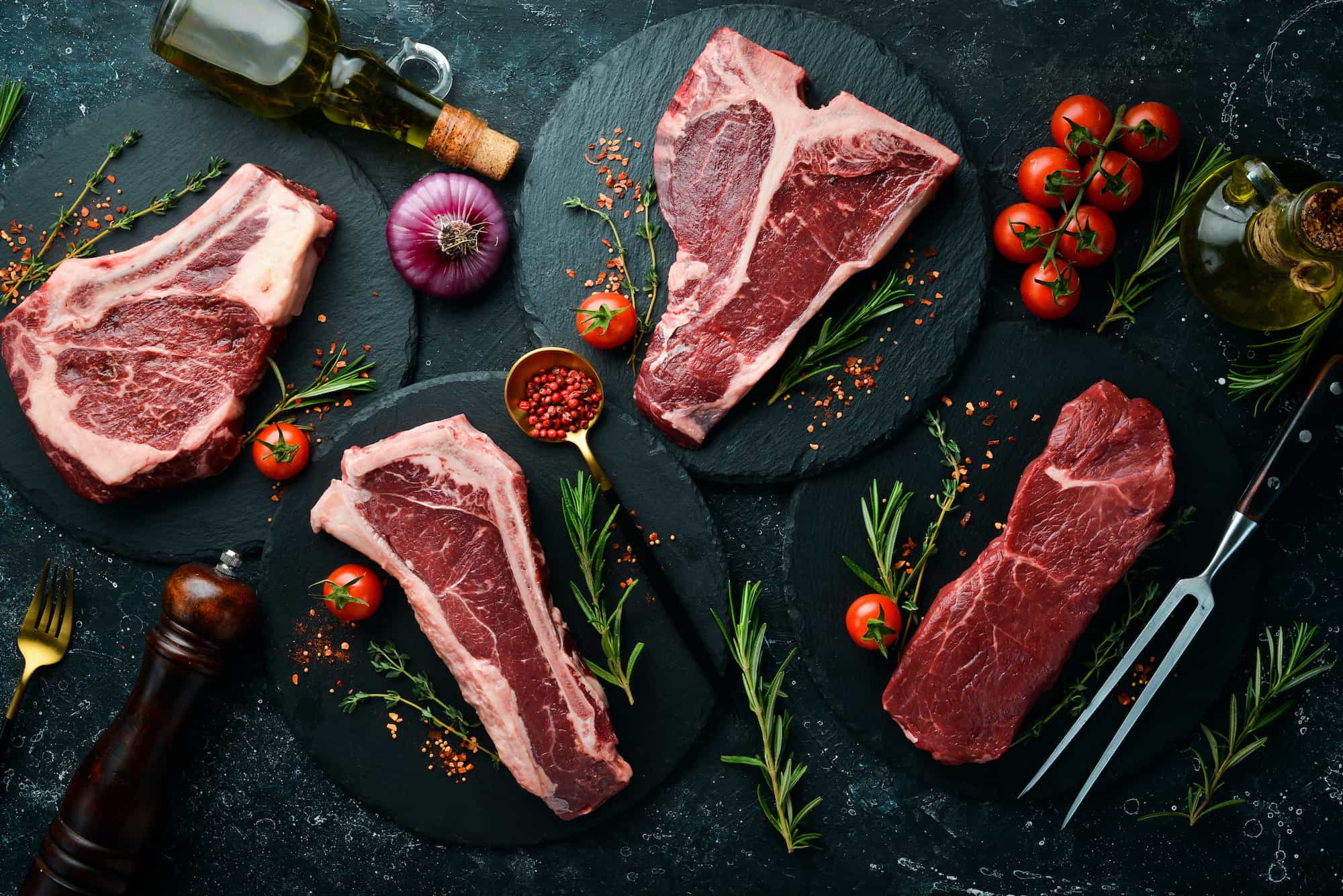Buying beef in bulk is the most convenient and cost-effective way to have a steady supply of high-quality meat in the household. You will be able to enjoy fresher, healthier cuts while saving money in the long run. However, large purchases of beef require proper storage techniques to maintain its flavor, texture, and nutritional value. This guide will explore the benefits of buying beef in bulk and the best ways to store it effectively.
Cost Savings and Budget-Friendly Shopping
The main cost advantage when a person buys a large amount of beef is for the lowest. Sometimes, for direct purchases of beef from either farmers, butchers, or wholesalers, such prices per pound are more preferable than the actual small amounts usually bought at any grocery. Units sold by a season or deal can help individuals stay in the budget and to have an all-time steady food supply that makes it always filled with great-beef-tender meals.
Ensuring Higher Quality and Freshness
When buying beef in bulk, you find that you will source it from the farms and suppliers around your locality that you have confidence in. You can, therefore, select grass-fed, organic, or hormone-free beef with a richer taste and better nutritional content than the pre-packaged supermarket cuts that may have been piled up for a day or two weeks. The most important thing about bulk beef is that it's fresher due to its freshness; it simply means your meat will end up retaining its natural tenderness and taste for a more enjoyable dining experience.

Personalization of Cuts According to Your Needs
You can order beef in bulk and then ask for cuts that you want, depending on your cooking habits. You can either have steaks, roasts, ground beef, or even specialty cuts such as brisket and short ribs. This is an option that will allow you to better plan your meals and avoid having to buy pre-packaged cuts that may not suit your needs at all times.
Convenience and Reduced Grocery Trips
Most surely, bulk buying of beef will cut down the number of trips one needs to make into the grocery shop. Having a full freezer thus ensures that you always have a choice of meats for the meal. Indeed, it saves time but minimizes the chance for impulse purchases, ensuring that you truly stay within a budgeted grocery plan. This is a chance to do advance meal preparation, which aids in managing busy schedules and meal planning.
Proper Freezing Techniques for Long-term Storage
The quality and safety of bulk beef are preserved by proper freezing techniques. Since the beef should not be thawed and refrozen, portion the meat into smaller packages first. Vacuum-sealed bags or high-quality freezer paper should be used to prevent air exposure, which can cause freezer burn. Date of purchase and type of cut should be indicated on each package for easy identification. When freezing beef, set your freezer to 0°F (-18°C) or lower to maintain its texture and flavor for several months.

Optimal Refrigeration for Short-Term Use
If you plan on consuming some of the beef during the next week after you've bought it, refrigeration will be essential. You should store recently purchased beef in the coolest space of your refrigerator at temperatures or below 40°F (4°C). All meat products should be covered using containers, butchering paper, as it prevents food from cross contaminating. On the other hand, ground meat can be in the fridge only for two safe days, then steak and roast for five.
The Role Played by Vacuum in the Extension of Shelf Life of Foods
Vacuum sealing is the best method in terms of extending shelf life when buying beef in bulk since it would remove excess air and prevent oxidation. In that way, the freezer burn will have a smaller chance of happening. This is the reason vacuum-sealed beef lasts much longer than meat placed inside ordinary plastic bags. A vacuum sealer could be one of the investments for a regular buyer since it always preserves the freshness of meat nearly to a year or longer.
Methods for Defrosting, Which Can Also Preserve the Beef's Flavor and Texture
With the appropriate thawing procedure, your packaged beef should turn out well if prepared. The safest thawing procedure is thawing by refrigerator thaw. By using this process, you would be able to thaw frozen meat at a slow pace over a 24 hour period. By submerging the sealed pack in cold running water changing each 30 minutes, faster thawing can also be achieved. However, microwave thawing must not be observed because thawing will not be even and even alters the meat texture.

Meal Prep and Bulk Cooking
Good opportunities to do meal prepping and batch cooking exist when buying beef in bulk. Preparing and portioning meals that will be consumed in advance saves time during busy week days, while your meals are nutritious and satisfying. Cooking in bulk presents opportunities to try out several beef recipes like stews, slow-cooked dishes, and grilled meats. Having pre-cooked beef meals could freeze to make dinner preparation easy and thereby eliminate the stress of daily cooking.
Buying beef in bulk makes a lifestyle more sustainable. Buying directly from the local farmers or butchers saves packaging waste compared with meat bought in stores. It also minimizes waste in food because you can portion and store whatever suits you. Buying from local beef producers also supports sustainable ways of farming to reduce the environmental impact of mass meat production.
